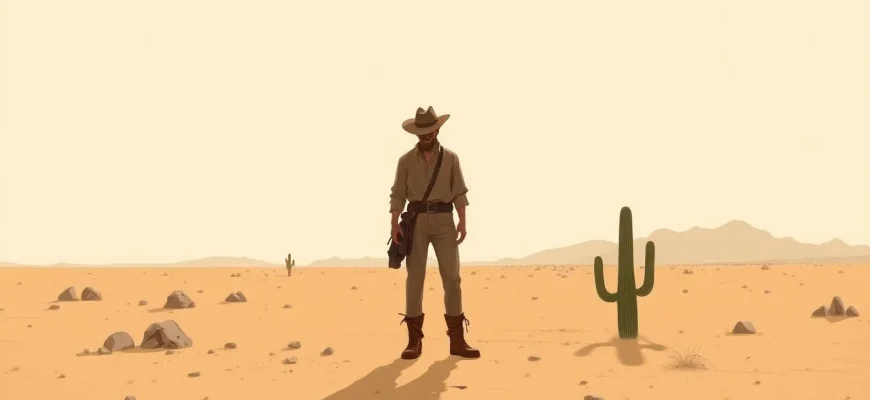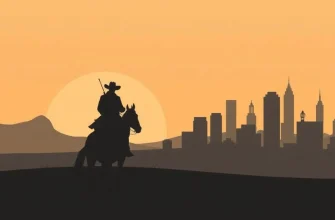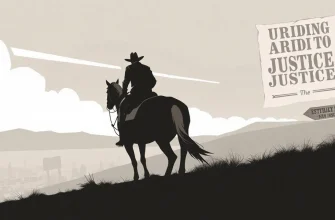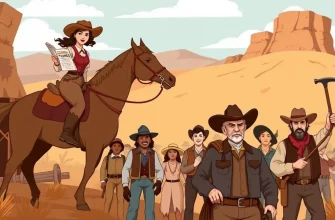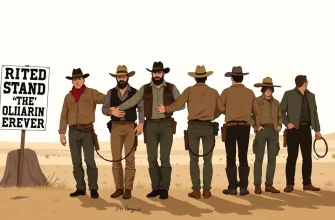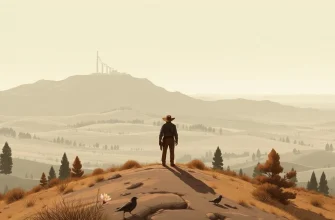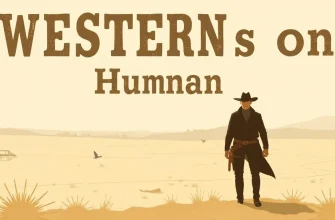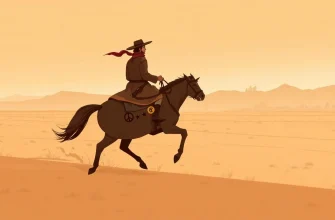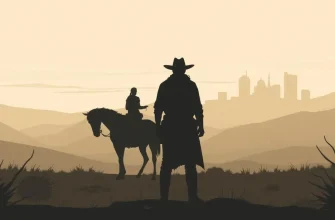- The Man Who Shot Liberty Valance (1962)
- The Missouri Breaks (1976)
- The Outlaw Josey Wales (1976)
- The Long Riders (1980)
- The Claim (2000)
- The Proposition (2005)
- The Assassination of Jesse James by the Coward Robert Ford (2007)
- The Homesman (2014)
- The Great Northfield Minnesota Raid (1972)
- The Ballad of Buster Scruggs (2018)
Western films have long been a staple of cinema, often romanticizing the rugged individualism and vast landscapes of the American frontier. However, some of these films delve into the harsh realities of poverty, offering a gritty, unvarnished look at life on the edge of society. This curated list of 10 Westerns explores the theme of poverty, showcasing the struggles, resilience, and sometimes the desperation of characters living in economic hardship. These films not only entertain but also provide a poignant commentary on the socio-economic conditions of the time, making them invaluable for anyone interested in the deeper layers of the Western genre.
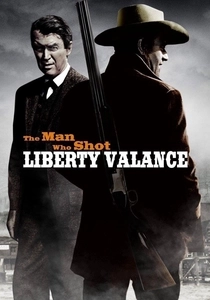
The Man Who Shot Liberty Valance (1962)
Description: This classic Western delves into the economic and social changes in a small Western town, with poverty and the struggle for land ownership at its core.
Fact: John Wayne and James Stewart, two of Hollywood's biggest stars, lead the cast. The film is often cited for its famous line, "When the legend becomes fact, print the legend."
 Watch Now
Watch Now 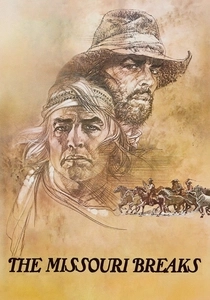
The Missouri Breaks (1976)
Description: While primarily a tale of a cattle rustler and a hired gun, the film subtly addresses the economic disparities and the struggle for survival in the harsh landscape of Montana.
Fact: This was the only film to feature both Marlon Brando and Jack Nicholson together.
 Watch Now
Watch Now 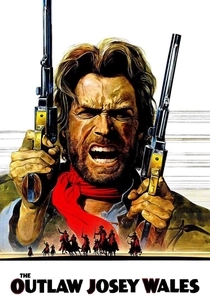
The Outlaw Josey Wales (1976)
Description: While not directly about poverty, this film shows the economic struggles of post-Civil War America through the eyes of a Confederate guerrilla who becomes an outlaw, reflecting the desperation of the time.
Fact: Clint Eastwood directed and starred in this film, which was one of his first directorial efforts. The film's ending was changed due to audience reactions during test screenings.
 Watch Now
Watch Now 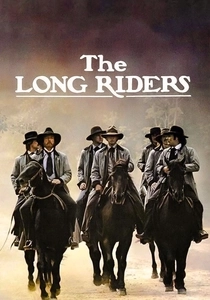
The Long Riders (1980)
Description: This film about the James-Younger gang highlights the economic pressures that drove many to a life of crime in the post-Civil War era, focusing on the poverty and desperation of the outlaws.
Fact: Real-life brothers played the gang members, adding authenticity to the family dynamics portrayed in the film.
 Watch Now
Watch Now 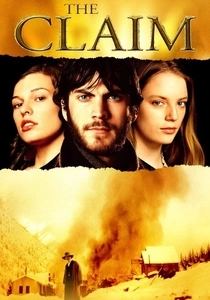
The Claim (2000)
Description: Based on Thomas Hardy's novel "The Mayor of Casterbridge," this film examines the moral and economic consequences of a man's decision to trade his family for wealth, set against the backdrop of the California Gold Rush.
Fact: The film was shot in Canada, standing in for the Sierra Nevada mountains. It features a haunting score by Michael Nyman.
 Watch Now
Watch Now 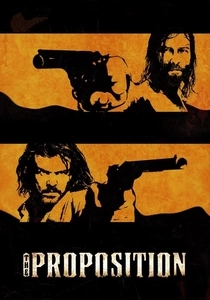
The Proposition (2005)
Description: Set in the Australian outback, this film follows an Irish outlaw who must choose between killing his older brother or saving his younger one from execution, highlighting the desperate choices poverty can force upon individuals.
Fact: The film was shot in the Flinders Ranges, providing a stark and authentic backdrop to the story. It was also Nick Cave's first screenplay.
 Watch Now
Watch Now 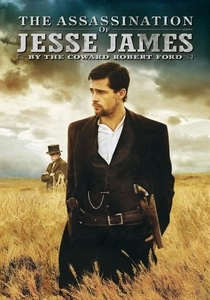
The Assassination of Jesse James by the Coward Robert Ford (2007)
Description: This film examines the economic and psychological motivations behind the betrayal of Jesse James, reflecting the poverty and desperation of the time through the eyes of Robert Ford.
Fact: The film was shot in Canada, with many scenes filmed in the same locations used for "The Claim." It features a haunting score by Nick Cave and Warren Ellis.
 Watch Now
Watch Now 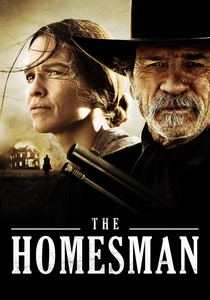
The Homesman (2014)
Description: This film tells the story of a spinster who must transport three women, driven mad by the harsh pioneer life, back East. It's a stark portrayal of the poverty and isolation of frontier life.
Fact: Tommy Lee Jones, who stars in the film, also directed it. The film was shot in New Mexico, capturing the desolate beauty of the landscape.
 Watch Now
Watch Now 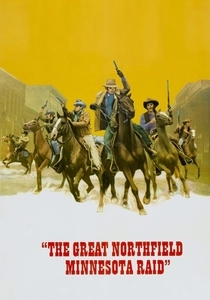
The Great Northfield Minnesota Raid (1972)
Description: This film explores the economic motivations behind the James-Younger gang's infamous bank robbery, showcasing the poverty and desperation that fueled their criminal activities.
Fact: The film was shot on location in Minnesota, providing an authentic setting for the story.
 30 Days Free
30 Days Free 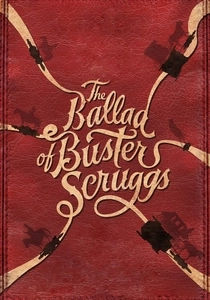
The Ballad of Buster Scruggs (2018)
Description: This anthology film by the Coen Brothers includes a segment titled "The Gal Who Got Rattled," which poignantly explores the economic hardships faced by a woman traveling west in search of a better life.
Fact: Each segment of the film was initially intended to be a standalone short film. The film was nominated for three Academy Awards.
 30 Days Free
30 Days Free 
